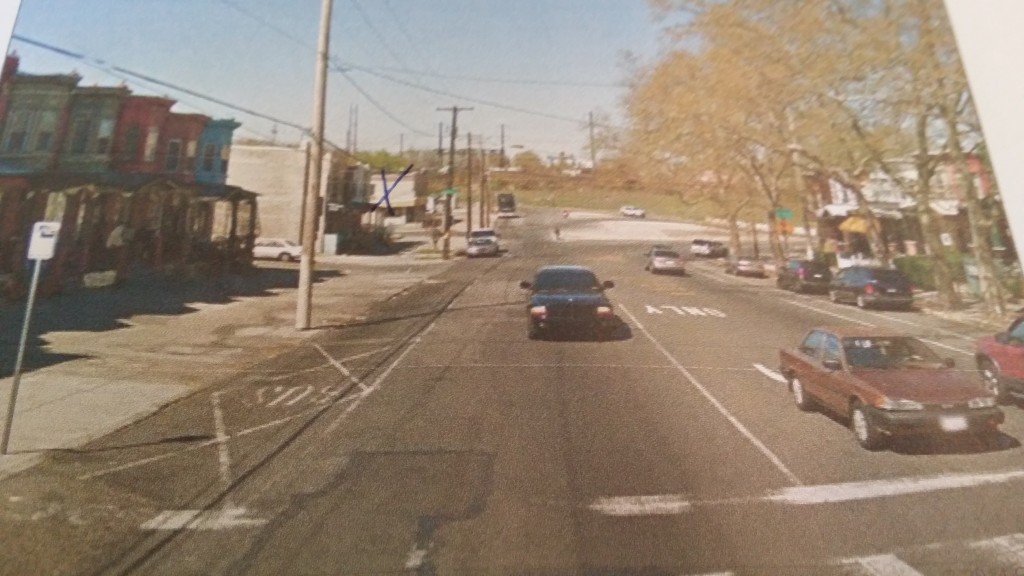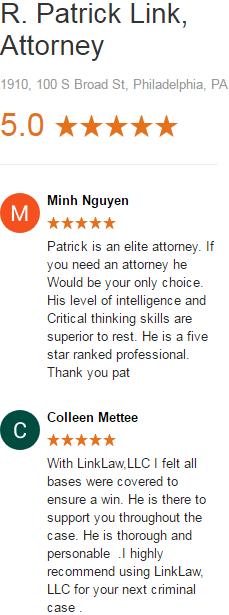
Last week I outlined one method for combating dishonest policemen, this is part two of that article.
Method 2) Get familiar with the area of the stop.
In Commonwealth v. S.C., a Philadelphia police narcotics officer set up a surveillance on a known drug corner. He then allegedly observed my client display a silver handgun to another male and walk down the street. In his report and at the preliminary hearing, the Officer indicated that S.C. walked down 9th Street, and the officer attempted to circle around to stop him. He claimed that when he got to 7th and Allegheny, he observed S.C. get into a red SUV at 9th and Allegheny.He then followed the car (which had heavily tinted windows) and had it stopped by other officers. Those officers then pulled S.C. out of the car and allegedly recovered a silver gun in the back seat.
As I stated in my last blog posts, lying cops can get complacent and make mistakes.
A quick search on Google Street View indicates that there is NOT a 9th and Allegheny!!
Anticipating that the Officer would claim an innocent mistake at the motion to suppress, I printed a copy of the view from 7th and Allegheny (where the officer said he was) towards 9th Street. Sure enough, when confronted on cross examination over the fact that there is no such thing as 9th and Allegheny, the officer attempted to clarify, and stated that he meant to say he saw S.C. on the “corner of 9th Street.”
The Officer was shown the following picture:
His Story Unravels
The “x” is what the Officer was forced to draw on the picture to indicate where 9th Street is. Unfortunately for him, it is clearly behind a building and around the corner, making it obvious that he could not have seen what he claimed to see. The DA attempted to argue that S.C. didn’t have standing to challenge the stop, but the caselaw states that a passenger can challenge the STOP of a vehicle (challenging an unlawful search is much more difficult). Because no traffic violation occurred, the Commonwealth was required to establish that the car stop was based on probable cause rather than reasonable suspicion that a crime occurred. The defense successfully argued that the police officer pulled the car over simply because there were two young black males driving in a car with tinted windows in a high drug area, and that the basis for the stop was fabricated.
Once again, another judge was courageous enough to force the DA’s Office to withdraw prosecution of a serious case by finding the cop NOT credible, and granting the motion to suppress evidence.









